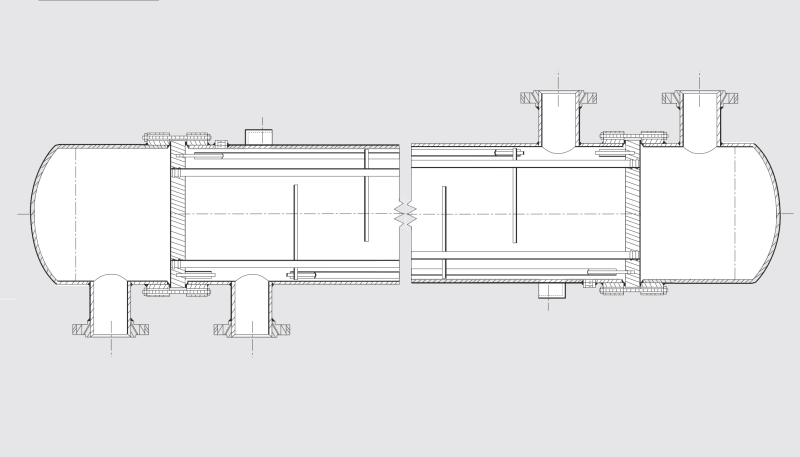cak4Engg
Petroleum
- Jun 13, 2015
- 19
Hi,
Received a requirement to make a Heat Exchanger in the below-shown configuration.
Here both front end and rear end bonnet flanges and bolted to shell body flange and the tube sheet is sandwiched in between them.
I am not able to identify the configuration for this type of heat exchangers (if it is valid configuration).
As both, the ends of the tube sheet are fixed my understanding is that it should come under BEM type. but in that configuration, the tube sheet in rear-end shall be welded to the shell.

Really looking forward for a response from the community.
Received a requirement to make a Heat Exchanger in the below-shown configuration.
Here both front end and rear end bonnet flanges and bolted to shell body flange and the tube sheet is sandwiched in between them.
I am not able to identify the configuration for this type of heat exchangers (if it is valid configuration).
As both, the ends of the tube sheet are fixed my understanding is that it should come under BEM type. but in that configuration, the tube sheet in rear-end shall be welded to the shell.

Really looking forward for a response from the community.
